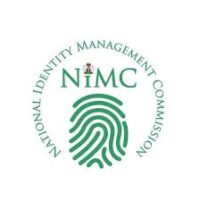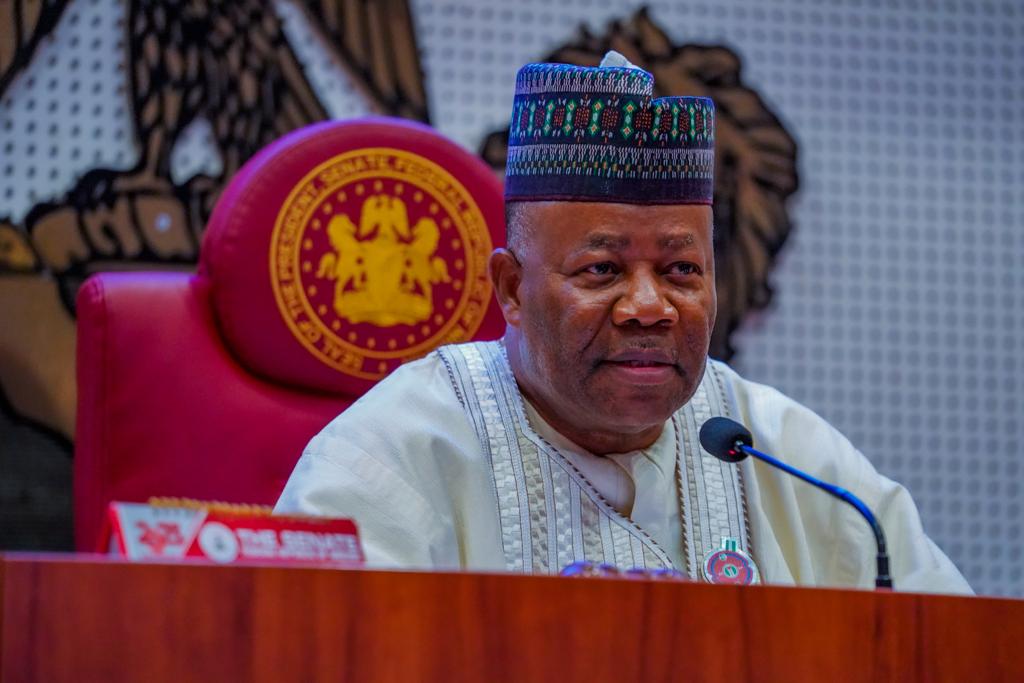30/4/2018/InvestmentOne Report
On April 21st 2017, the CBN established the Investors & Exporters (I&E) Window with the purpose of boosting liquidity in the FX market and ensuring timely execution and settlement of eligible transactions.
The creation of the I&E FX Window followed the increase in foreign exchange reserves to US$30.3billion in April 2017, from a low of US$23.90billion in October 2016, on the back of higher oil production and Brent oil prices.
This effectively increased foreign exchange liquidity in the economy and the appreciation of the Naira in the parallel market which had depreciated to a low of N520/USD in February 2017 due to demand pressures and speculative activities.
A year later, the I&E FX window has played an instrumental role in stabilising the local currency. Since inception, the window has seen total foreign currency inflows reach a US$25 billion as at 13th of April 2018, with foreign portfolio investors (FPI) constituting about 54%.
Turnover at the I&E FX window has remained strong in recent times, averaging US$1billion per week, although there was some volatility in February 2018.
We expect this to continue in the near term given higher oil prices (currently above US$70/b), stability in oil production levels (1.8million barrels per day excluding condensates), rising FX reserves (US$47billion according to official data from CBN), and strengthening GDP growth.
However, concerns remain for some level of capital flight in H2 2018 given the potential for heightened political risk as we move towards the 2019 elections. In addition, the US Fed’s Hawkish stance indicates further rate hikes expected in 2018 and the continued decline in fixed income yields in the domestic market could contribute to exit of FPIs. In our view this could be a negative for the performance of the equities and fixed income markets.
Even in the absence of political risk, there remains a potential for foreign investor outflows as treasury bills purchased in 2017 mature in 2018 due to the lower yield environment (one treasury bill in Nigeria is currently 13.80%) compared to other Africa countries, particularly Egypt (one treasury bill currently offers a yield of about 17%). With this said, returns in both countries cannot be compared in absence of their risk profiles.
Nonetheless, we are of the view that the likely re-inclusion of Nigerian Government Bonds in the J.P. Morgan Government Bank Index Emerging Market (GBI-EM), could be a positive catalyst for increase in FPI inflows.
Nigeria was initially excluded from the index in 2015 as a result of CBN’s FX rules following the crash of oil prices, which made it difficult for foreign investors to repatriate funds and restricted the ability to replicate the J.P. Morgan GBI-EM.
However, with the 12month minimum exclusion period already over as well as the significant improvements in FX liquidity and foreign investor participation, we believe the re-inclusion of Nigeria in the index could be imminent with J.P. Morgan conducting its reviews on a monthly basis.
Although J.P. Morgan highlighted that the depth and liquidity of the Nigeria’s fixed income market was satisfactory, feedback from foreign investors has been mixed. Smaller foreign investors claimed to be participants in the Nigerian treasury market and were somewhat satisfied with the modalities of the I&E FX window. But larger foreign investors remain concerned with the multiple exchange rates, CBN being a primary source of FX in the economy (via its Special Market Intervention Sales) as well as how regulators may react to a significant decline in oil proceeds as a result of lower oil prices or production levels.
Conclusively, we believe the DMO as well as the CBN may need to do more to convince foreign investors on the credibility of its FX policy. This could help J.P. Morgan reach a consensus on the re-inclusion of Nigeria in the GBI-EM. While Nigeria would only represent 1-1.2% of the US$232billion tracking the GBI-EM, we believe the potential improvement in sentiments towards the Nigeria economy as a result of the re-inclusion could lead to significant inflows in addition to funds tracking the J.P. Morgan GBI-EM. This would further boost turnover at the I&E FX window over the medium to longer term.














